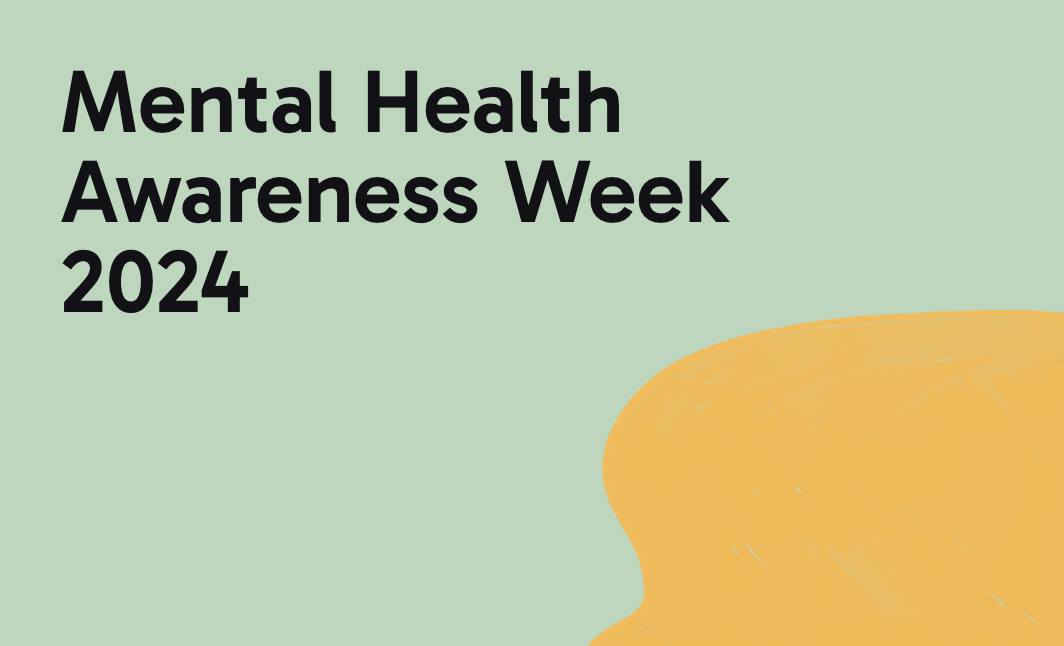How to calm anxious thoughts

Learn what anxiety is, how it differs from worry, who is affected and how to control negative anxious thoughts.
Anxiety: What is it?
Stress and worry are perfectly normal and natural aspects of life. When we worry about anything, like an exam or a job interview, it might actually help us feel more alert and prepared for the task at hand.
For millions of years, anxiety has actually kept humans alive. It originated in order to keep us safe and provide us with the abilities needed in fight-or-flight scenarios (also known as the fight-or-flight response).
But worrying about a wide range of topics all the time can trap you in a vicious loop where your worries become overwhelming, affect your actions, and interfere with your daily life to the point that it becomes impossible for you to function. This is sometimes referred to as an anxiety disorder.
What separates anxiety from worry?
Although the terms worry and anxiety are sometimes used synonymously, it’s crucial to understand that they are distinct from one another and have different effects on one’s health and wellness.
When someone is anxious or stressed, they can generally identify the exact cause, such as worrying about a deadline at work or an exam. Worries reside in the mind, are rooted in reality, transient, and generally have little effect on our capacity to perform.
Conversely, anxiety typically develops over time and has an impact on the body as well as the mind. If you suffer from anxiety, you could feel uneasy yet are unable to identify the cause.
It’s also important to remember that catastrophic thinking, which is a defining feature of anxiety, may make addressing problems extremely difficult and frequently affect a person’s capacity to deal with a bad outcome.
Who suffers?
Nobody is exempt from anxiety. It is actually among the most prevalent mental health issues that we may encounter. According to a Mental Health Foundation poll, 25% of adults indicated they experience anxiety to the point where it prevents them from doing the things they want to accomplish some or all of the time, and 60% of adults experience this feeling at least occasionally. If you can relate to these statistics, help is always available through self referral for anxiety.
It’s estimated that over 264 million people worldwide suffer from anxiety disorders, and many more either go untreated or suffer to a lesser degree. This means that it’s highly possible that you or someone you know experiences anxiety symptoms.
It is important to remember that while anxiety affects many people, each person’s experience is different
What are thinking traps, and how can you overcome them?
Thinking traps are the ways our mind convinces us that something is true, when in reality it is not. Even if these false beliefs seem reasonable and correct to you at the time, they just serve to feed negative mental patterns.
Individuals with anxiety frequently worry more about how they think something will affect them or others than about how it will actually affect them or others. These anxious thoughts are also a form of “thinking traps.”
It’s critical to understand that there are methods available to assist you in ending the vicious cycle of negative thinking. We’ve put together a useful guide to assist you in both recognising thinking traps when they arise and providing you with useful strategies for overcoming them.
| Thinking Trap | What happens | How to manage it |
| Catastrophising | Blowing something out of proportion or imagining the worst will happen. | First recognise this as an irrational thought and then challenge its validity. Ask yourself – how likely is it that the outcome you are imagining will actually happen in reality? |
| Jumping to conclusions | Leaping to a negative conclusion without sufficient information to justify it. | |
| Word prisons | Thinking that you ‘should’ or ‘shouldn’t’ behave in a certain way and feeling annoyed, angry or disappointed with ourselves when we fall short. | Instead of using the word ‘should’ use the word ‘could’ or ‘I want to’. Write down the most common phrases you say using the word ‘should’, cross them out and rewrite them using the word ‘could’. Notice how this removes the pressure and changes the intention of the sentence. |
| Emotional reasoning | Using our emotions as evidence for the truth. Regardless of the physical evidence, you believe whatever you’re feeling at the time to be true. | Ask yourself – would this thought stand up if I were to bring it to court? It’s important to understand that anxious thoughts are not facts. Try to remember this when you’re grappling with emotional reasoning. |
| Negative filter | Focussing on only the negative aspects of a situation or event and ignoring all the positives. As a result, everything in your own mind feels negative. | Write down your negative thoughts – for example, ‘today is a terrible day’ – then next to it, write down the evidence you have to support the thought. Then take a step back and reflect on the evidence. It’s likely the evidence you’ve collected does not meet the reality. |
| Labelling | Attaching a negative label to yourself when you make a mistake, rather than acknowledging it as an isolated event. | Check in with someone else – a family member, friend or colleague – for perspective. Know that one incident or mistake does not tarnish you forever. Having someone else to speak to can help to neutralise this negative label. |
The small act of talking can make a big difference if you’re experiencing anxious thoughts on a regular basis. But we understand that talking isn’t always easy. If you feel overwhelmed with anxiety and you’re unable to manage this on your own, seek professional support from your GP or through self referral for anxiety.






